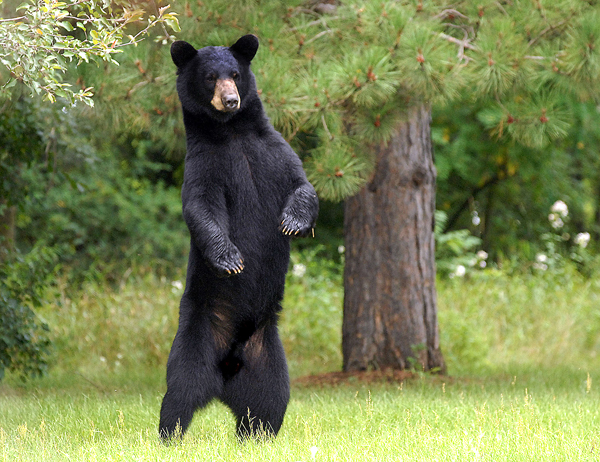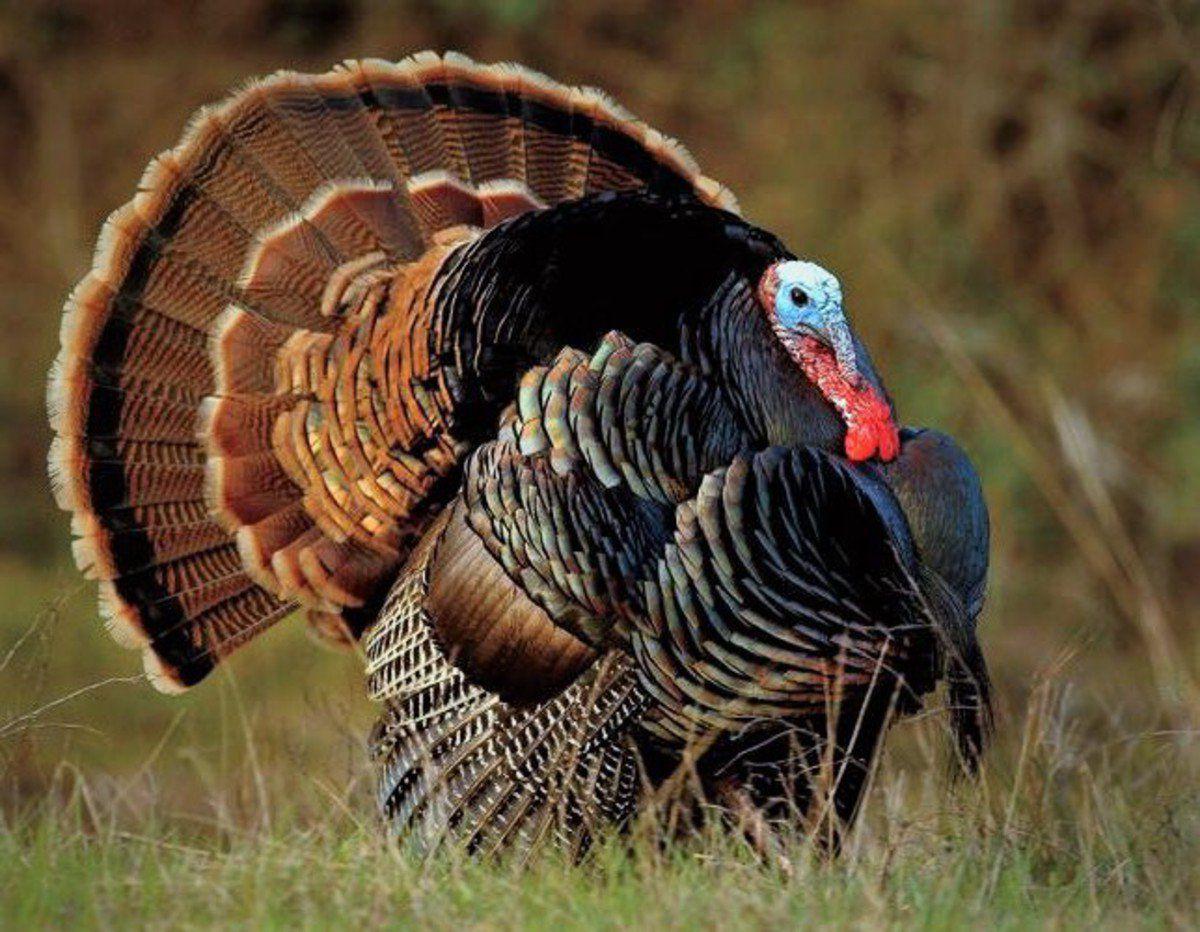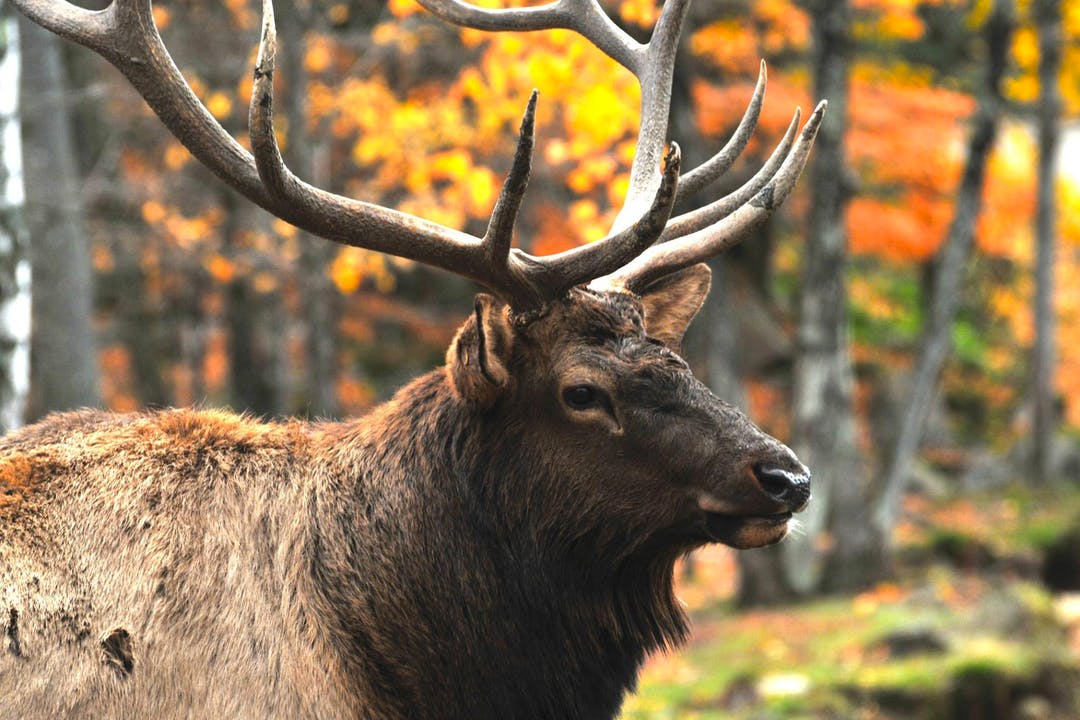KENTUCKY LAWS & REGULATIONS
What are the Hunting Laws and Regulations in Kentucky?

The Kentucky Department of Fish and Wildlife Resources’ mission is to conserve, protect and enhance Kentucky’s fish and wildlife resources and provide outstanding opportunities for hunting. When hunting season begins in Kentucky, all hunters must have a valid hunting license along with required permits and stamps depending on the hunted specie. It is mandatory that all successful hunters complete a harvest log after every hunt. Persons born on or after Jan. 1, 1975 must carry a valid hunter education card or hunter education exemption permit while hunting. It is unlawful to surpass the daily limit as well as sell, buy, or negotiate any game without a permit. No hunter shall trespass private land without having permission and damage the natural habitats of the species. It is also unlawful to hunt while being in a powered-on vehicle or use any aircraft to locate the hunted game.
*Visit Kentucky’s Hunting and Trapping Guide for More Information*
FEATURED ANIMALS

BLACK BEAR
Three species of bears inhabit North America. From largest to smallest, they are the polar bear, brown bear (also known as grizzly) and black bear. Of the three, the black bear is by far the most wide-ranging. In fact, these resourceful bears inhabit forests of at least 40 of the 50 states, including all states in the Southeastern U.S.
HUNTER RESTRICTIONS
The bag limit is one bear per person per license year, regardless of season.
HUNTER ORANGE REQUIREMENT
Bear hunters and those who accompany them, or any other person hunting on public or private lands in the bear hunting zones during a firearm season for bears, must comply with the hunter orange clothing law.
- General Season: June 1, 2020 – December 18, 2020
- Archery Season: Oct. 24 – 30, 2020
*Seasons differ based on method and requirements in different zones – Visit Kentucky’s Bear Seasons for specific zones*
WILD TURKEY
Like many animals, turkeys vary their feeding location based on time of year and availability of food. Adult birds that fed primarily on acorns in December will include fresh greens and newly sprouted plants during spring season. After young-of-the-year turkeys are hatched, they require insects, as much as 75% of the diet, for the first few weeks of their lives. However, by fall seasons, these young birds focus on food with high fat content, such as acorns, to be prepared for survival through their first winter.
Hunter Requirements
Adult Hunters: Unless exempt, all spring turkey hunters ages 16 and older must carry with them in the field proof of purchase of a valid Kentucky hunting license and a valid spring turkey permit. Short-term (1- or 7-day) hunting licenses are not valid for turkey hunting. The spring turkey permit is valid for the general spring season and allows a hunter to harvest up to the spring season bag limit of turkeys. Persons ages 16 and older may not hunt turkeys during the youth-only season.
Spring Season Bag Limits
A hunter may take a male turkey or a turkey with a visible beard. No more than one (1) bird may be taken per day. No more than two (2) birds may be taken per spring season.
- General Spring Season – Twenty-three (23) consecutive days beginning on the Saturday closest to April 15.
- General Fall Season – October 1, 2020 – December 31, 2020.
*Seasons differ based on method and requirements in different zones – Visit Kentucky’s Turkey Seasons for specific zones*


ELK
Elk are native to KY and were present until the mid-1880’s, when the population was eliminated due to habitat degradation and overhunting. This is why the Kentucky elk program is considered a restoration, not an introduction. Kentucky’s present elk herd is a free-ranging, wild herd established from 1,550 wild elk captured out-of-state and released into southeast KY between December 1997 and March 2002. Contributing states included Utah, Kansas, Oregon, North Dakota, Arizona, New Mexico, with the majority of elk captured in Utah. Release sites were located in Harlan, Knott, Leslie, Letcher, Martin, Perry, and Pike counties. The elk restoration zone covers 16 counties in the southeast region of the state (approximately 4.1 million acres).
Note: Hunters must follow deer season regulations and use only the legal elk hunting equipment described on KDFWR to take elk from any county not included in the 16-county elk zone (out-of-zone), and must have an Out-of-Zone Elk Permit.
- Archery Season: September 12, 2020 – December 11, 2020
- General Season: September 26, 2020 – December 30, 2020
*Seasons differ based on method, draw and weeks in different zones – Visit Kentucky’s Elk Seasons for specific information*
